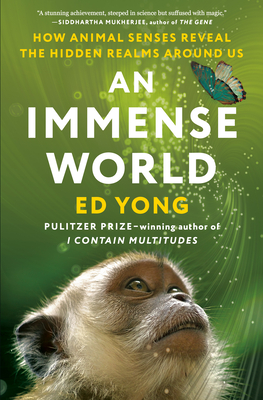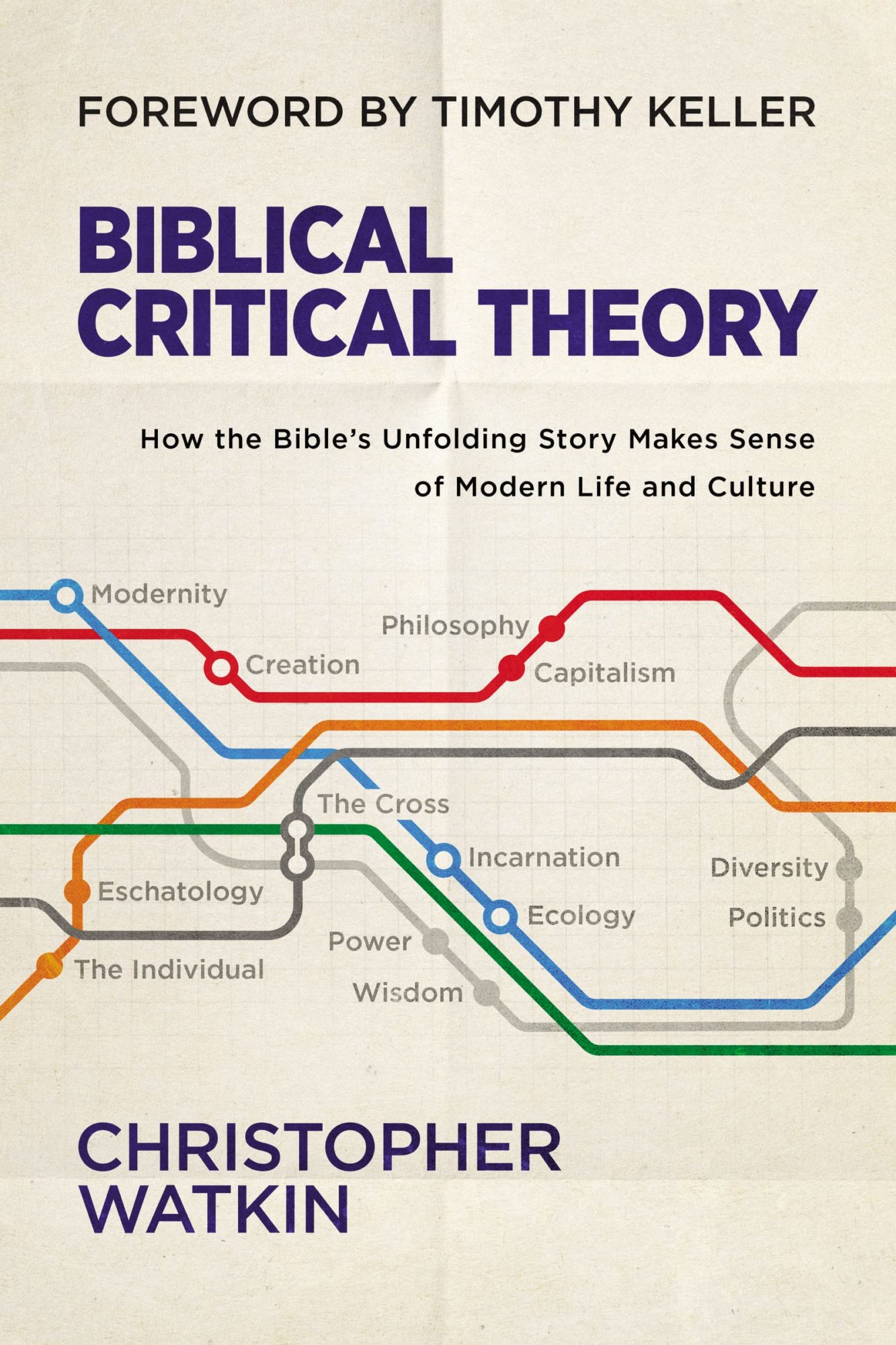Bill on Books: Fall 2022
Bill reviews a book on beloved Christian author Elisabeth Elliott, Nigel Biggar's book on colonialism, and Loren Wilkinson long-awaited magnum opus.

Written by a Pulitzer Award-winning author, the reader is invited into a world, as perceived by animal senses, that is filled with wonder. We are asked to imagine a school gymnasium where an elephant, mouse, a robin, owl, bat, mosquito, rattlesnake, a bumblebee, among other creatures that include a woman by the name of Rebecca. How might this “imaginary menagerie” perceive the other? Each creature has a “sensory bubble”. Using the sense of smell, the elephant would not smell anything, but the rattle snake would smell the trail of the mouse and the mosquito could “smell” an alluring CO2 on Rebecca’s breath and skin. The robin can feel the magnetic field of the earth and guided by an internal compass can escape the gym through an open window…and so on. For Yong, animals are not machines but rather “sentient entities” and the inner world of humans is not to be exalted over that of other species. Several years ago the philosopher Thomas Nagel asked the question, “What is it like to be a bat?” Nagel points to the obvious that in answering this the human is restricted to the resources of the mind. These resources include vision and language. Yong then takes us on a marvellous tour of the animal senses through light and the endless ways of seeing, colour, pain heat, vibrations, sound, echoes, electric fields (350 species of fish can produce their own electricity), and on to magnetic fields. We are reminded of the ways that by gaining knowledge of this world, humans have remolded it. While we can measure the distance that the sound of a blue whale can travel, humans have defiled the waters that they inhabit even if there remain signs of hope for the natural world. Through curiosity and imagination, we can step into the world of nature realizing that this “choice is a gift” and not a “blessing we have earned”. This sense of wonder is the closest that Yong ventures to viewing what surrounds us as Creation.
Available for in-store purchase only.

The discovery in 2014 and 2018 of the two largely intact and sunken ships, Erebus and Terror, of the lost John Franklin expedition of 1845 to the Arctic, has once again stirred up worldwide interest in the tragic voyage that eventually claimed all 129 sailors that had set out from England. This new collection brings together, from far flung archives, 173 letters from the crew (plus an additional 21 letters from the family to the “lost”) that were sent from the beginning of the voyage until the last handoff when the ships were off the coast of Greenland. My immediate motivation in reading the collection was to gain a window into the religious lives of this disparate group of British sailors as well to learn more of the mystique surrounding a tragic but heroic event that ended in what became Canadian waters. Many of the letters were from Sir John Franklin himself, written to his family and friends. Franklin comes across as a devout, evangelical Christian who led Sunday services in the morning on the main deck that were attended by the crew and then in the evening an additional service in his cabin for those who wished or were on watch in the morning. The letters of the crew routinely speak highly of Franklin and comment positively on his sermons. One sailor wrote to his parents that Franklin “gives sermons out of his sermon books & I can assure you – adds a great deal himself – They say they would sooner hear him than half the parsons in England.” The two ships became hopelessly jammed in the ice off King William Island with Franklin succumbing on June 11, 1847, as listed in a document later found in a cairn, the only known date of death of anyone in the expedition. It is thought that all the crew were dead by 1850. There remains the possibility of finding further details of the voyage and even preserved documents, through continued exploration of the two wrecks. This is perhaps a book to be checked out from a public library where one can find other recent writings on the fated voyage.
Available for in-store purchase only.

Written by an Australian scholar trained in literary criticism, this is an accessible handbook written for the Christian who wishes to understand the culture that all are embedded in. “Figures”, as used by Watkin, are all those patterns that shape us: 1. Language, ideas and stories 2. Time and space. 3. Structure of reality. 4. Behaviour that is expressed within our culture. 5. Relationships that we experience with friends, family, strangers, the media and institutions. 6. Objects in our lives that range from the cars we drive to the smartphones that we use. These figures are us. The past two thousand years Christianity has been imprinted on our culture even if Christian teaching is now largely unknown. Culture and Christianity is entangled and there is no easy separation. The figures of the culture and the figures of the Bible are explored through a process that Watkin calls “diagonalization”; by this a radical intervention is proposed whereby, for example, the Absolute-Personal dichotomy is shown to be false and is overcome by an “Absolute personality theism” as revealed in the biblical account. Likewise, taking an example from the biblical witness, the seemingly at odds books of Proverbs and Ecclesiastes are brought together by a diagonalization that introduces the message of Job into the mix. When these three books are “woven together they provide “a rich, complex, and existentially authentic view of the world.” The Incarnation is the ultimate diagonalization, going against the ahistorical assumptions of modern thought, when the “Word became flesh” and entered into human “calendar history”. Extensive diagrams bring clarity to at times difficult concepts. A book that is enthusiastically endorsed by Tim Keller.
Available for in-store purchase only.



